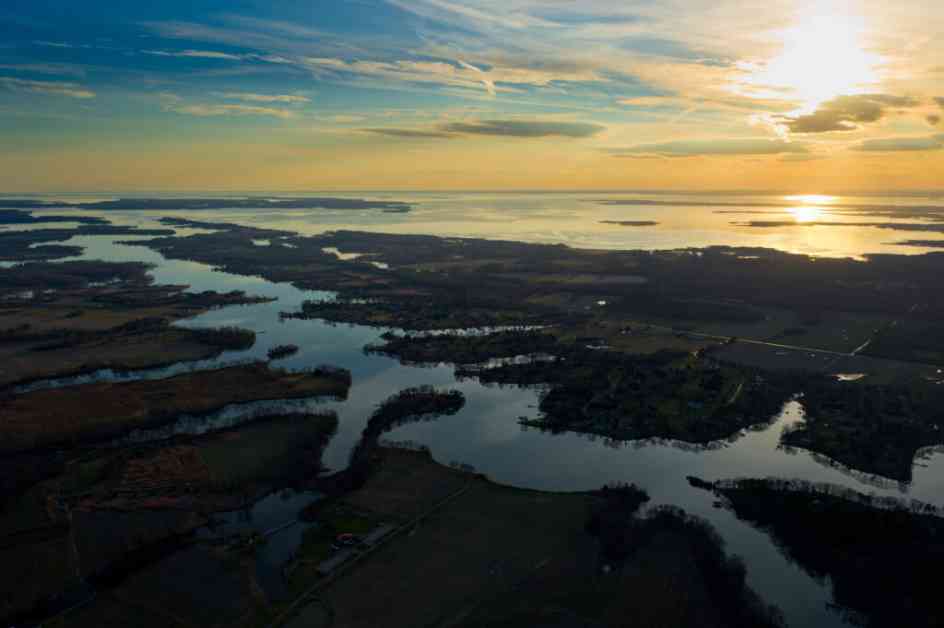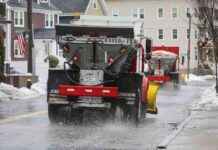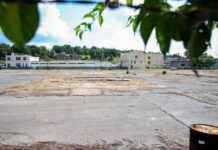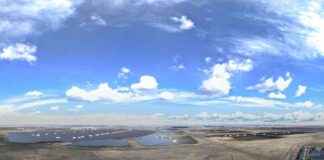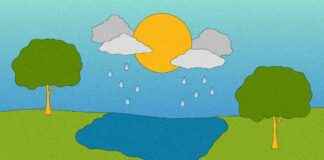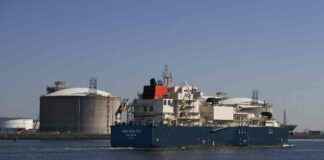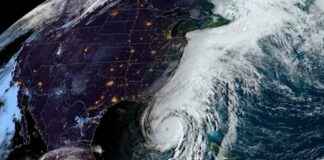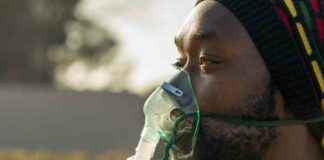Many of the world’s waterways are totally full of different levels of pharmaceuticals, according to a bunch of research that’s been done. This medical stuff comes from all over the place, like industrial dumping and agriculture. It can even come from our own waste; our bodies don’t absorb all the meds we take, so a lot of it ends up in the sewage system, which then gets released into the environment.
A new study that models stuff estimates that every year, thousands of tons of the most-used antibiotics are released into the world’s rivers from humans just taking them—and 11 percent of that ends up in the oceans or inland sinks. Researchers have also found out that aquatic ecosystems are full of antidepressants, heart meds, and other drugs lately.
Levels of drug build-up in watersheds are usually low, but even a tiny bit can mess things up for wildlife and human health—and climate change might be making it worse. For years, scientists and environmentalists have been making a big deal about medical waste messing up the water people rely on. In 2021, some researchers discovered that leaky pipes in Baltimore are basically turning the Chesapeake Bay into a pharmacy with all the meds they’re leaking each day.
Looking at the bigger picture, the problem is pretty serious. In a study from 2022, researchers went all out and checked out how much pharmaceutical pollution is in rivers by taking samples from over 1,000 places in 104 countries. They found that more than a quarter of the spots had unsafe levels of contaminants.
A study from April focused on antibiotics and found out similar stuff. Researchers used a model to figure out how much contamination is going on in the world’s rivers based on how much the 40 most-used antibiotics are taken by people. They found that 8,500 tons of antibiotics are getting into the world’s river system, possibly reaching the ocean. This doesn’t even count contamination from drug makers or agriculture.
In both studies, they saw that low-income countries have the most contamination because they don’t have good ways of managing wastewater. Antibiotic levels are usually low enough that they don’t mess with drinking water quality for people, but they can mess up the ecosystem by messing with microbial diversity, threatening fish and algae, and maybe making bacteria resistant to antibiotics.
Drug pollution can do all kinds of stuff to the environment, depending on what kind of med and how much of it. Recently, a group of researchers did a study on how an anti-anxiety drug affected salmon migration from rivers to the ocean. They exposed some salmon to different levels of the med and an opioid painkiller and then let them go in a river in Sweden to see how they did on their trip to the Baltic Sea.
It turns out that the fish that had the anti-anxiety med were able to get past dams faster than the fish that didn’t have the meds. Basically, the medicated fish were less anxious and did better, according to the study’s authors. But that doesn’t mean that drugs changing wildlife behavior is a good thing, according to one of the researchers.
“Unfortunately, in my line of research, it’s essentially impossible to find things that are actually, genuinely entirely good,” he said. “The reality is any deviation from the natural behavior and ecology of a species will impact not only that species, but also the surrounding ecological community.”
Global warming can mess with how drugs get into the water and what they do once they’re there. Droughts from climate change can make rivers have less water, which can make antibiotic contamination worse. On the other hand, big storms can overwhelm wastewater treatment plants and let a ton of sewage into ecosystems.

